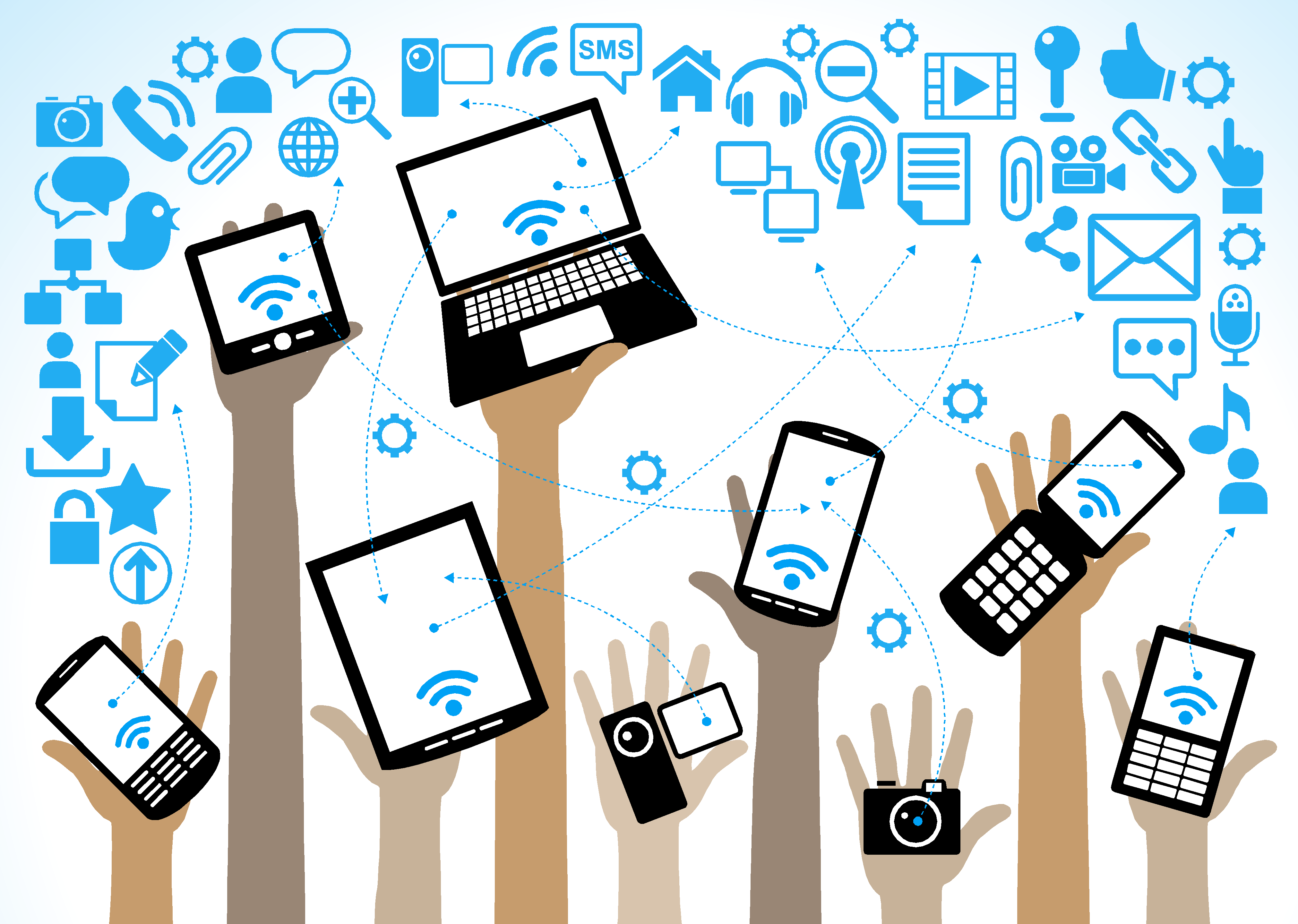Week 5 - Shannon Trinh
Today elementary schools in the U.S. are encouraging children to be
more tech-savvy and “greener” by implementing more intensive usage of computers
and technology in and outside the classroom. Before reading “Wifi in Schools” I
had a notion that it was extremely beneficial to familiarize kids with computer
programming, as these skills will be useful in logic, mathematics, and future
curriculum. I was also under the impression that the web makes everything so
much more accessible, for example tutoring videos on Khan Academy and other
applications that are designed to be on the go and useful to the student. This
article brought on a different perspective and prompted me to look for more
resources that affirm the claim that the overuse of technology in classrooms
can be detrimental. First, I found some of the biological symptoms of overuse
of technology very interesting, especially: “stress protein production in the
body indicating injury, and inflammation/oxidation” (18). One would think that
Wifi and technology are designed to alleviate stress as it now enables an
individual to basically find any kind of information. Additionally, technology
nowadays is getting a lot simpler and straightforward to use (Macs, iPhones,
mobile applications). In a specific study, “The Impact of Digital Media on
Health: Children’s perspectives” children aged 9-16 were directly asked how
using technology and extensive screen time affected their moods, health, and
overall wellbeing. Children actually reported several physical and mental
health problems after using the Internet for just thirty minutes at a time.
Some reported headaches, disrupted sleeping and eating schedules, increased
aggression, exhaustion, and eye problems. This is information parallel to the
information presented in “Wifi in Schools” article: “In a double-blinded EMF
provocation procedure specifically designed to minimize unintentional sensory
cues, the subject developed temporal pain, headache, muscle twitching, and
skipped heartbeats within 100s after initiation of EMF exposure” (18). It is also important to note, however that the
children studied in “Children’s perspectives” were from European countries,
countries that are starting to become more aware of the negative health impacts
of technology overuse. Have the psychologies and mentalities towards technology
among the youth in European altered since the banning of Wifi and limited use
of screens?
In addition to
looking at the biological effects of radiation and technology use, I believe we
should also be asking the children and parents who are directly being affected.
Self-report in the scientific world is considered as faulty and “unreliable”,
however, I think that it is crucial that we actually listen to voices in
addition to data. Their input and value of technology should also be taken into
account moving forward in designing curriculum and interventions.
Question: How do mentalities in the U.S. and other countries specifically differ towards children and use of technology?
Works Cited:
Russell, Cindy M.D. “Wifi in the Schools: Are We Playing It Safe With Our Students”.
Smahel, D., Wright, M. F., & Cernikova, M. (2015). The
impact of digital media on health: Children’s perspectives. International
Journal of Public Health, 60(2), 131-137. doi:http://dx.doi.org/10.1007/s00038-015-0649-z



Comments
Post a Comment